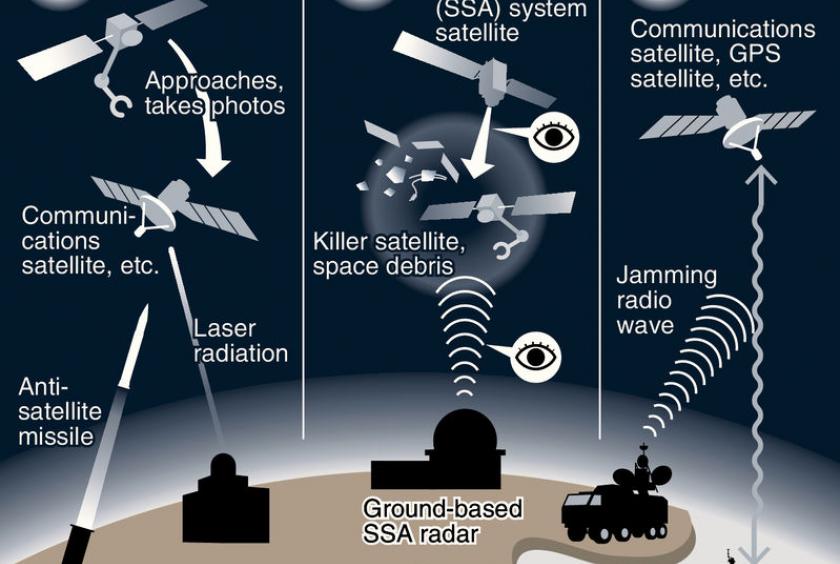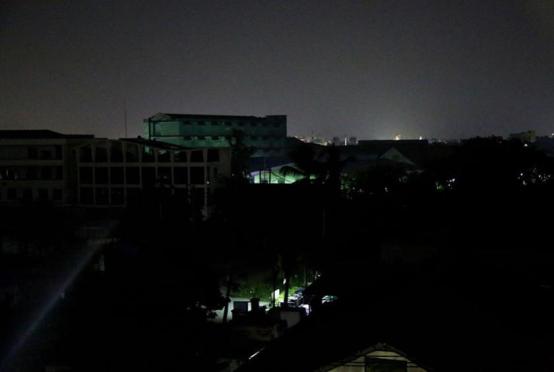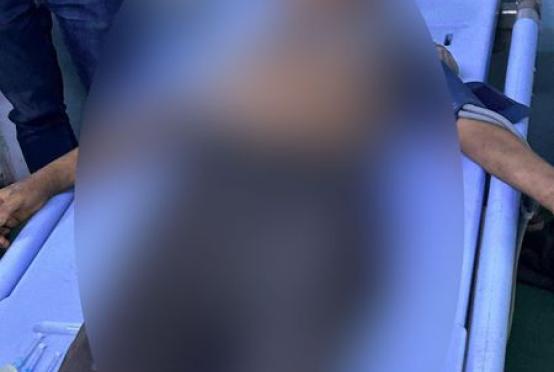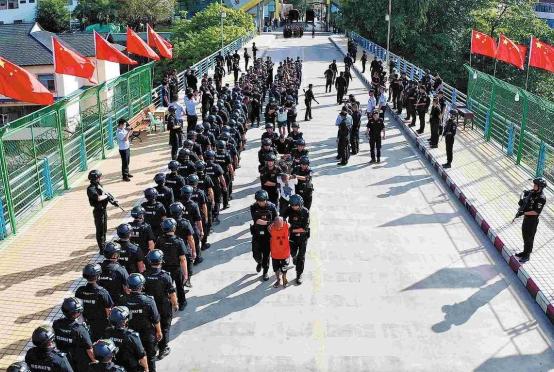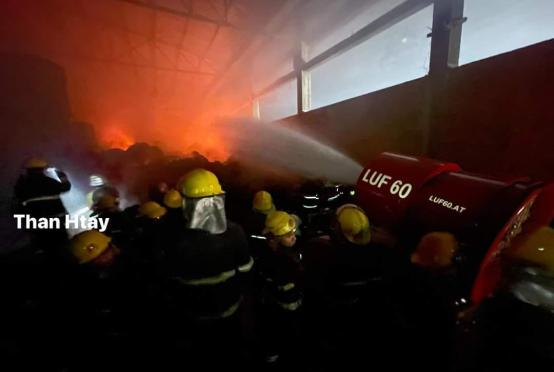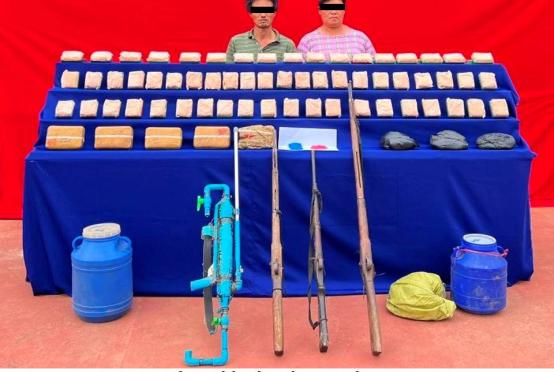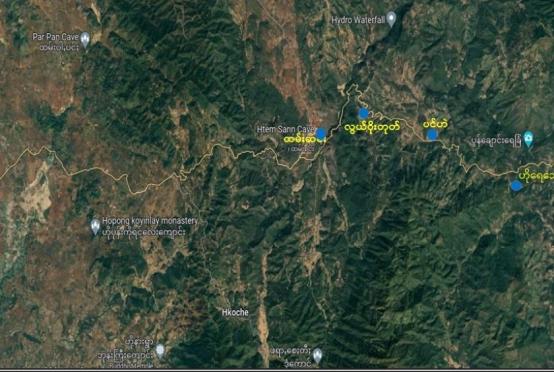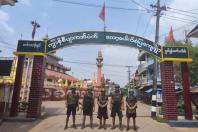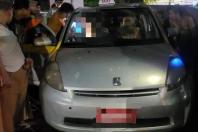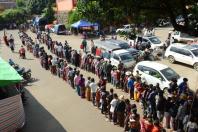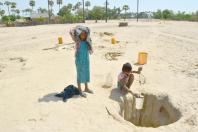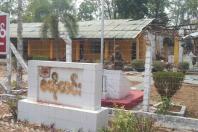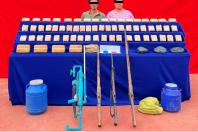The Japan News/ANN - In January, Russian satellite Cosmos 2542 repeatedly approached a U.S. reconnaissance satellite circling in the same orbit, putting the U.S. Space Force in a tense situation.
Cosmos 2542 is believed to have taken pictures of the configuration of the U.S. satellite, among other things. By maneuvering close to another country’s satellite on the same orbit could make it possible for the Russian satellite to stage an attack on it by discharging ammunition or firing a laser, or self-imploding. There are also those who hold the view that Russia was testing an anti-satellite weapon, or “killer satellite,†with a mind to launch combat actions.
China is also advancing in its development of killer satellites. In addition, it has tested anti-satellite missiles to destroy satellites in orbits. It has also been noted that China may have exposed a U.S. satellite to its ground-based laser.
Beijing and Moscow are putting high priority on the development and deployment of satellite-attacking capabilities because the two countries perceive outer space as the Achilles’ heel of the U.S. military. Much of the United States’ state-of-the-art weaponry relies on GPS and information gathered from outer space.
A source related to the U.S. military said with concern that if U.S. satellites were rendered into an unusable state, the U.S. military would be forced to engage in battle as if blindfolded.
“China and Russia have also been similarly maneuvering their satellites close to Japanese satellites,†a high-ranking Japanese government official said. As Tokyo doesn’t have its own capability to monitor such moves by Beijing and Moscow at present, the official said, such information comes from Washington.
In Japan, the Space Operations Squadron, whose main duty is to operate the Space Situational Awareness (SSA) system, was finally established in May. The SSA system’s radar capable of monitoring killer satellites is being constructed in Yamaguchi Prefecture. The system is scheduled to start operating in fiscal 2023. The launch of an SSA satellite, with an optical telescope mounted, will be even further down the road, expected to be sometime around fiscal 2026.
The squadron’s members, about 20 in all, are undergoing education and training at their headquarters, a Japan Air Self-Defense Force base in Fuchu, Tokyo, among other places. A senior JASDF official, however, said, “It is rare for a squadron to be launched while it remains incapable of doing any specific task.â€
The Space Operations Squadron was hastily established before it had been fully considered from every angle, just because Japan needed to hurry up in its cooperation with the U.S. military.
An official related to the JASDF admitted to having been pressed by Gen. John Raymond, the chief of the U.S. Space Force. Raymond apparently said that the United States wanted Japan to start partnering with the U.S. Space Force in space operations, so Tokyo should create a division in charge of outer space, even if it meant just placing a desk somewhere.
Washington is trying to counter Beijing and Moscow, both of which are advancing their military uses of outer space, with a multilateral joint defense including Tokyo. The U.S. Defense Department, in its Defense Space Strategy unveiled on June 17, said, “China and Russia present the most immediate and serious threats to U.S. space operations†and “Allies and partners who are actively expanding their defense space programs, present novel opportunities to increase defense collaboration and cooperation.â€
U.S. Air Force Chief of Staff Gen. David Goldfein, during the joint meeting of air chiefs and senior staff from U.S. allies and partners held in April 2019, took up for discussion for the first time operations in space as a major theme. After the meeting, he placed on his Facebook page a photograph in which air chiefs and senior staff from such countries as Japan, Britain, Germany and France, all in combat uniform, lined up shoulder to shoulder.
Retired JASDF Lt. Gen. Jun Nagashima, who attended the meeting as commandant of Air Command & Staff College, said, “There was a remark [by a U.S. official] saying, ‘From now on, we will defend outer space.’ Goldfein released the photograph of us, all donned in combat uniform, probably as a U.S. message (directed at China and Russia).â€
In 2018, Japan was invited for the first time to the Schriever Wargame, a series of U.S.-led multilateral simulation drills of military operations in space. The participants have reportedly conducted military exercises on how to respond to an assumed situation in which a U.S. satellite is attacked over the Indo-Pacific region, causing the loss of GPS and communications system functions.
“For outer space over the Far East, the U.S. military does not have a land-based surveillance base,†a senior Japanese government official said. “So their expectations on Japan are running high.â€
Both Tokyo and Washington plan to have a U.S. Defense Department SSA sensor mounted aboard a “quasi-zenith satellite system†(QZSS), a satellite positioning system that Japan is scheduled to launch in 2023.
The Japan Aerospace Exploration Agency (JAXA) last year conducted an exploration of the asteroid Ryugu with its asteroid explorer Hayabusa2. In order to collect samples of sand and stone inside the asteroid, Hayabusa2 fired a lump of copper to collide with the asteroid surface, creating craters.
“Foreign countries consider that Japan has the capability of attacking a satellite, though Japan doesn’t have the intention of using it [in such a way],†confided a person connected to the Japanese government.
As outer space has become a new theater of combat, Japan also cannot continue saying that it has nothing to do with security in space. Japan is required to deepen discussions as to what sort of contributions it can make and to carry it out.

